EVOM™ Manual Monitors Cellular Health
WPI's EVOM system is popular in the research community, both in academia and in industry, and it is commonly used for the evaluation of mammalian cellular health by measuring transepithelial/transendothelial electrical resistance (TEER or TER) of cellular layers.
EVOM™ Manual is powered by the same EVOM™ technology as older EVOM models (EVOMX, EVOM, EVOM2 and EVOM3). It has advanced features for performing experiments more easily. With the new touchscreen display you can now store data as Microsoft® Excel files on a USB flash drive. Just remove the flash drive with all your recorded data from the EVOM™ Manual and plug it into a computer to access and plot your data. It is as simple as it sounds.
The WPI EVOM™ technology has over 16,000 published, peer-reviewed research papers. Here are three applications where TEER measurement is commonly used.
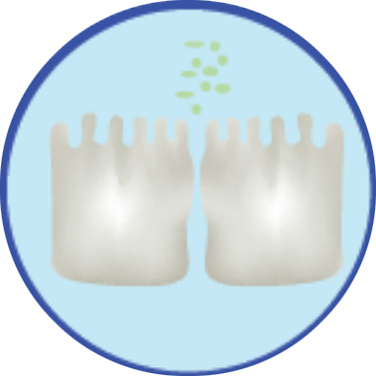
Epithelial and Endothelial Barrier Studies - When measuring the cellular barrier function, the rise of TEER values generally correlates with increased barrier function.
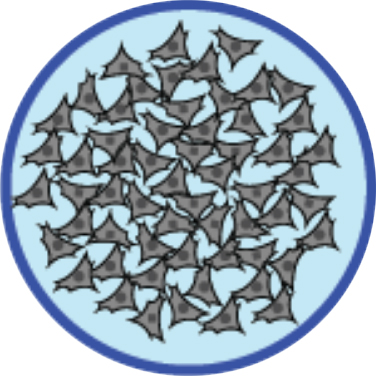 Confluence - Similarly, elevation of the TEER value to the maximum level can indicate that the cellular layer has reached confluence.
Confluence - Similarly, elevation of the TEER value to the maximum level can indicate that the cellular layer has reached confluence.

Cytotoxicity - Cellular cytotoxicity can be evaluated by measuring TEER. High TEER values indicate a healthier cellular layer. As the cells die, gaps in the cellular layer can form, and the TEER value can drop.

In recent years, EVOM technology has been used for many applications. WPI's EVOM™ system has been extensively used to study in vitro 2-dimensional (2-D) or 3-D tissue health and function. For high throughput drug screening and to study diseases, more research focus has been given in creating 3-D in vitro tissues that resemble in vivo tissues and show consistent functional properties. TEER Measurement is used as one of the methods to evaluate and compare how closely in vitro tissues can mimic in vivo tissues consistently. EVOM™ Manual can be used in 3-D in vitro models, such as the:
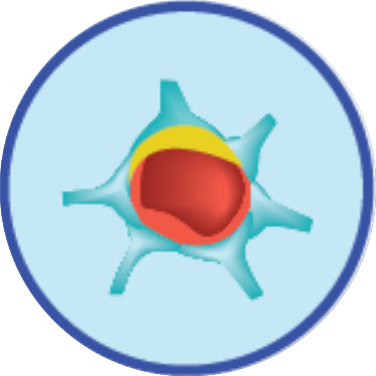 Blood Brain Barrier (BBB)
Blood Brain Barrier (BBB)
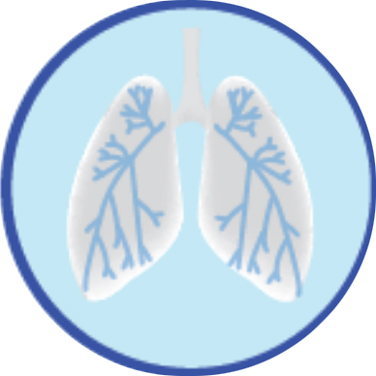 Lung Viral Infection
Lung Viral Infection
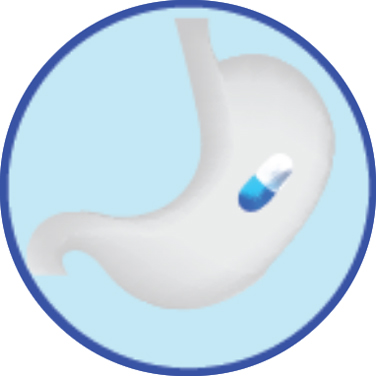 Intestine, Kidney and Liver tissues, like intestinal drug absorption studies with Caco2 3D tissue functions
Intestine, Kidney and Liver tissues, like intestinal drug absorption studies with Caco2 3D tissue functions
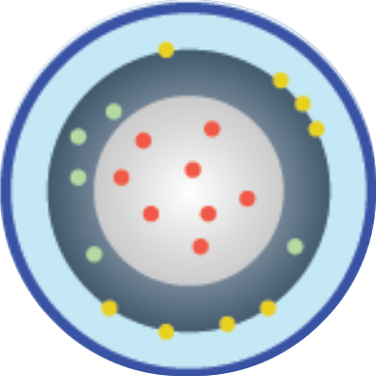 Lung in vitro Models for COVID studies
Lung in vitro Models for COVID studies
References
Blood Brain Barrier
Pokharel, S., Gliyazova, N., Dandepally, S., Williams, A., & Ibeanu, G. (2022). Neuroprotective effects of an in vitro BBB permeable phenoxythiophene sulfonamide small molecule in glutamate-induced oxidative injury. Experimental and Therapeutic Medicine, 23(1). https://doi.org/10.3892/ETM.2021.11002
Elbakary, B., & Badhan, R. K. S. (2020). A dynamic perfusion based blood-brain barrier model for cytotoxicity testing and drug permeation. Scientific Reports 2020 10:1, 10(1), 1–12. https://doi.org/10.1038/s41598-020-60689-w
Neal, E. H., Marinelli, N. A., Shi, Y., McClatchey, P. M., Balotin, K. M., Gullett, D. R., … Lippmann, E. S. (2019). A Simplified, Fully Defined Differentiation Scheme for Producing Blood-Brain Barrier Endothelial Cells from Human iPSCs. Stem Cell Reports, 12(6), 1380–1388. https://doi.org/10.1016/J.STEMCR.2019.05.008
Maherally, Z., Fillmore, H. L., Tan, S. L., Tan, S. F., Jassam, S. A., Quack, F. I., … Pilkington, G. J. (2018). Real-time acquisition of transendothelial electrical resistance in an all-human, in vitro , 3-dimensional, blood-brain barrier model exemplifies tight-junction integrity. The FASEB Journal, 32(1), 168–182. https://doi.org/10.1096/fj.201700162R
COVID Studies
Robinot, R., Hubert, M., de Melo, G. D., Lazarini, F., Bruel, T., Smith, N., … Chakrabarti, L. A. (2021). SARS-CoV-2 infection induces the dedifferentiation of multiciliated cells and impairs mucociliary clearance. Nature Communications 2021 12:1, 12(1), 1–16. https://doi.org/10.1038/s41467-021-24521-x
Samelson, A. J., Tran, Q. D., Robinot, R., Carrau, L., Rezelj, V. V., Kain, A. Mac, … Kampmann, M. (2021). BRD2 inhibition blocks SARS-CoV-2 infection by reducing transcription of the host cell receptor ACE2. BioRxiv. https://doi.org/10.1101/2021.01.19.427194
Shaban, M. S., Müller, C., Mayr-Buro, C., Weiser, H., Meier-Soelch, J., Albert, B. V., … Kracht, M. (2021). Multi-level inhibition of coronavirus replication by chemical ER stress. Nature Communications 2021 12:1, 12(1), 1–20. https://doi.org/10.1038/s41467-021-25551-1
Drug Discovery
Wu, X., Yin, C., Ma, J., Chai, S., Zhang, C., Yao, S., … Lin, G. (2021). Polyoxypregnanes as safe, potent, and specific ABCB1-inhibitory pro-drugs to overcome multidrug resistance in cancer chemotherapy in vitro and in vivo. Acta Pharmaceutica Sinica. B, 11(7), 1885–1902. https://doi.org/10.1016/J.APSB.2020.12.021
Epithelial/Endothelial Barrier Studies
Pongkorpsakol, P., Turner, J. R., & Zuo, L. (2020). Culture of Intestinal Epithelial Cell Monolayers and Their Use in Multiplex Macromolecular Permeability Assays for In Vitro Analysis of Tight Junction Size Selectivity. Current Protocols in Immunology, 131(1). https://doi.org/10.1002/cpim.112
Haeger, J. D., Loch, C., & Pfarrer, C. (2018). The newly established bovine endometrial gland cell line (BEGC) forms gland acini in vitro and is only IFNτ-responsive (MAPK42/44 activation) after E 2 and P 4-pre-incubation. Placenta, 67, 61–69. https://doi.org/10.1016/J.PLACENTA.2018.05.009
Pham, V. T., Seifert, N., Richard, N., Raederstorff, D., Steinert, R., Prudence, K., & Mohajeri, M. H. (2018). The effects of fermentation products of prebiotic fibres on gut barrier and immune functions in vitro. PeerJ, 6, e5288. https://doi.org/10.7717/peerj.5288






Request
Catalogue
Chat
Print